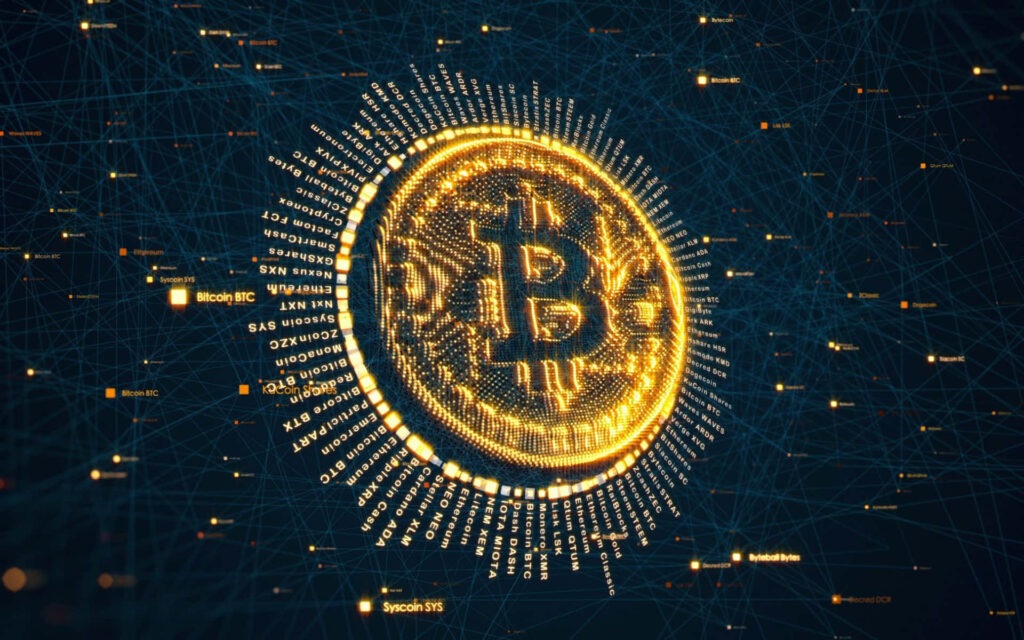The Interconnected Dilemma: Environmental and Social Impact
As the world grapples with the complexities of modern living, two pressing issues have risen to the forefront of global concern: environmental degradation and social inequality. The relationship between these two seemingly disparate challenges is inextricably linked, and it is essential to recognize their interconnectedness in order to develop effective solutions.
The Environmental Crisis
The environmental crisis is a pressing issue, with the world experiencing devastating impacts of climate change, pollution, deforestation, and species extinction. Rising global temperatures, fueled by human activities, are melting polar ice caps, sea levels are rising, and extreme weather events are becoming more frequent and intense. This is not only threatening ecosystems but also human settlements and the very survival of our planet. The consequences of inaction are dire, with some predicting catastrophic consequences, including the loss of up to 10% of the global GDP by 2100.
The Social Inequality Crisis
Meanwhile, social inequality has also become a pervasive issue, with the wealthiest 1% of the global population holding more than 45% of the world’s wealth. Meanwhile, the bottom 40% of the population holds just 3.4% of global wealth. This widening wealth gap is exacerbating social unrest, political instability, and human rights abuses. It is a recipe for potential social unrest, as historically marginalized communities are often the most vulnerable to environmental crises, which disproportionately affect their livelihoods and well-being.
The Link between Environmental and Social Impact
The connection between environmental degradation and social inequality is evident when examining the following statistics:
- In many parts of the world, indigenous communities are forced to flee their ancestral lands due to environmental degradation, such as deforestation, mining, and oil drilling. This displacement often leads to social unrest, violence, and death.
- The most vulnerable populations, such as women and children, are frequently the first to be hit by environmental disasters, which can lead to poverty, malnutrition, and increased health risks.
- Environmental degradation can also undermine economic stability, exacerbating social inequality and fueling social unrest.
Why We Must Act
The interplay between environmental and social impact is a complex issue that requires a multifaceted approach to address. Several key steps can be taken:
- Integrate Environmental and Social Considerations: Policymakers must recognize the interconnectedness of environmental and social issues and develop policies that address both simultaneously. This includes implementing sustainable development goals, such as the United Nations’ Sustainable Development Goals (SDGs).
- Empower Local Communities: Local communities, particularly indigenous and vulnerable populations, must be empowered to take ownership of environmental protection and social development initiatives. This includes providing education, skills training, and economic opportunities.
- Develop Sustainable Economic Models: Alternative economic systems, such as circular economies and cooperative economics, can help alleviate social and environmental pressures by promoting sustainable consumption and production patterns.
- Invest in Education and Capacity Building: Investing in education and capacity building can equip people with the skills to navigate the changing environment and social landscape.
- Hold Leaders Accountable: Leaders and corporations must be held accountable for their actions, which can accelerate environmental degradation and social inequality. This includes promoting transparency, accountability, and justice.
Conclusion
The environmental and social impact crises are intricately linked, and addressing one requires addressing the other. By recognizing this interplay, we can develop solutions that benefit both the planet and its inhabitants. The time to act is now, as the consequences of inaction will be dire. We must work together to create a more just, equitable, and sustainable world for all.

